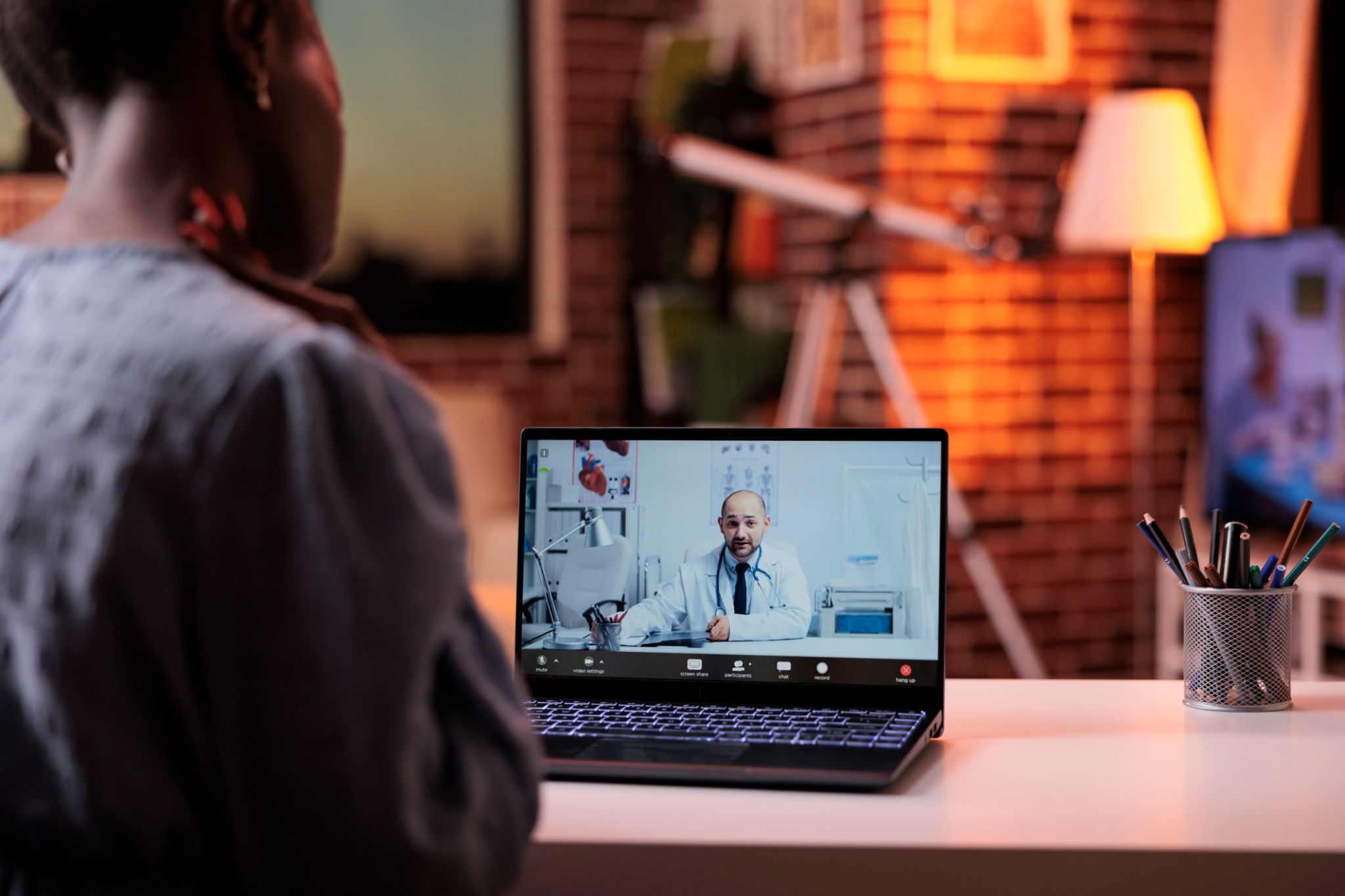Common Misconceptions About Telemedicine: An Expert's Perspective
SK
Understanding Telemedicine
Telemedicine has rapidly become a crucial part of modern healthcare, offering numerous benefits such as convenience and accessibility. However, despite its growing popularity, several misconceptions about telemedicine persist. In this post, we will explore some common misunderstandings and provide clarity from an expert's perspective.

Misconception 1: Telemedicine Is Only for Minor Conditions
One of the most prevalent myths is that telemedicine can only be used for minor ailments. While it is true that telemedicine is highly effective for conditions like colds or skin rashes, it is also a valuable tool for managing chronic diseases, mental health issues, and follow-up care after surgery. Physicians can use telehealth technology to monitor patients' health data remotely, ensuring comprehensive care beyond the clinic walls.
Misconception 2: Telemedicine Compromises Quality of Care
Another common concern is that virtual consultations lack the quality of in-person visits. However, studies have shown that telemedicine can deliver care comparable to traditional face-to-face interactions. With advancements in technology, healthcare providers have access to sophisticated diagnostic tools and secure communication platforms that enable thorough assessments and consultations.

Misconception 3: Telemedicine Is Not Private or Secure
Privacy is a significant concern for many considering telemedicine. The reality is that telemedicine platforms are designed with robust security measures to protect patient information. Healthcare providers utilize encrypted communication channels to ensure that consultations remain private and confidential, adhering to strict regulations such as HIPAA in the United States.
Misconception 4: All Telemedicine Services Are the Same
It is a mistake to assume that all telemedicine services offer the same level of care. In reality, the quality can vary significantly depending on the provider. It is essential for patients to conduct thorough research and choose reputable telehealth services that employ licensed professionals with expertise relevant to their healthcare needs.

The Growing Accessibility of Telemedicine
Contrary to the belief that telemedicine is limited to urban areas, it is increasingly accessible in rural and underserved regions. The expansion of internet infrastructure and mobile technology has made it possible for patients in remote locations to receive timely medical advice and treatment without the need for extensive travel.
Misconception 5: Telemedicine Is Only for Tech-Savvy Individuals
Some individuals fear they may not be able to navigate telemedicine platforms due to a lack of technical skills. However, most platforms are designed to be user-friendly, with simple interfaces that guide patients through the process. Additionally, healthcare providers often offer support and resources to help patients become comfortable with using these services.
In conclusion, while misconceptions about telemedicine persist, understanding the realities can help patients make informed choices about their healthcare options. As technology continues to evolve, telemedicine will likely become an even more integral part of healthcare delivery, offering safe, effective, and convenient solutions for a wide range of medical needs.